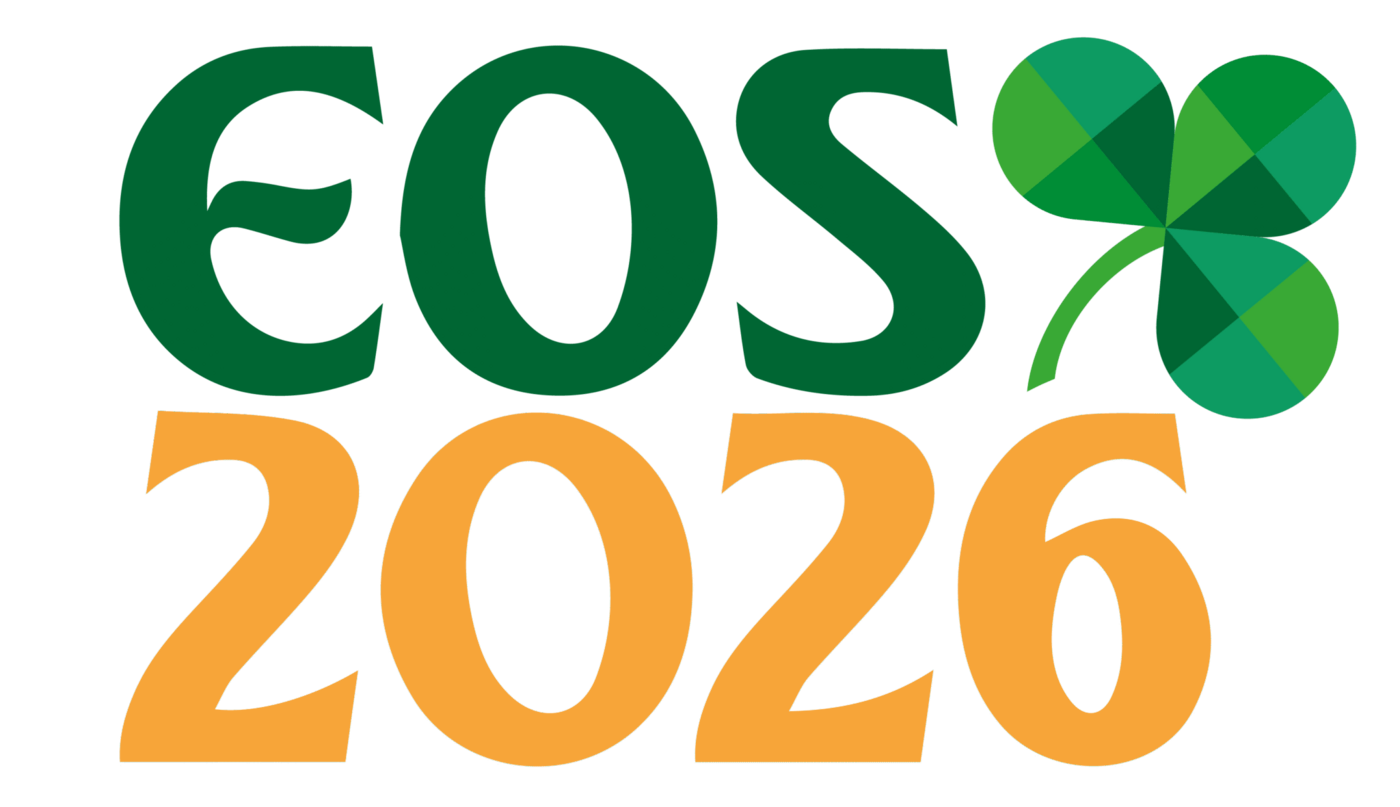France
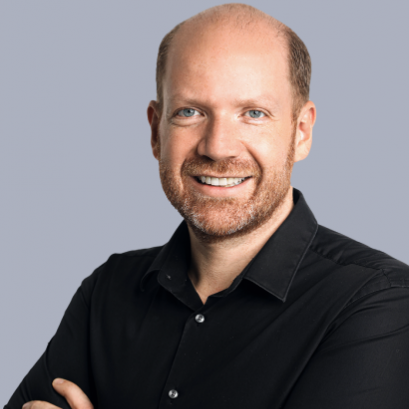
Waddah Sabouni
Speaker Biography
Dr. Waddah Sabouni earned his DDS degree in 2002 from Aleppo university, followed by a specialty degree in Orthodontics in 2006 from Paris V University.
He later completed a university diploma in Lingual Orthodontics in 2009 and a postgraduate program in Orthognathic Surgery in 2011. He is also certified by the European Board of Aligner Orthodontics (EBAO).
Deeply engaged in the orthodontic community, Dr. Sabouni serves as a board member of the French Aligner Society and is the current Chair of the European Aligner Society (EAS).
In addition to his clinical practice, he is actively involved in academic teaching. He lectures at the University of Saint Antonio in Murcia (Spain), the European University of Cyprus, and the European Masterclass of Aligners in France (EUMOA).
Dr. Sabouni has published more than 35 peer-reviewed journal articles, as well as numerous conference papers, abstracts, and book chapters.
He maintains private practices in the South of France and in Dubai.
Course Details
Clear aligner therapy has become a cornerstone of modern orthodontics, offering patients a highly aesthetic and comfortable treatment option. However, achieving predictable outcomes remains a significant challenge, particularly in complex cases. This lecture will explore the key factors influencing predictability with aligners, including case selection, treatment planning, biomechanical considerations, and patient compliance. Special focus will be placed on the use of optimized attachments, staging protocols, overcorrection strategies, and digital treatment planning tools that enhance control of tooth movement.
Through clinical cases and evidence-based guidelines, participants will learn how to anticipate limitations, manage common challenges such as rotations, extrusion, and torque control, and integrate adjunctive techniques to maximize efficiency. The session will also highlight the importance of interdisciplinary collaboration, patient education, and follow-up monitoring to ensure predictable results.
Learning outcomes
By the end of this session, participants will be able to:
- Identify key factors that impact predictability in aligner therapy.
- Apply biomechanical principles and staging strategies to improve treatment outcomes.
- Recognize limitations and integrate adjunctive procedures when needed.
Presentation
Improving Predictability in Clear Aligner Therapy: Strategies for Clinical Success
Improving Predictability in Clear Aligner Therapy: Strategies for Clinical Success
Other Speakers
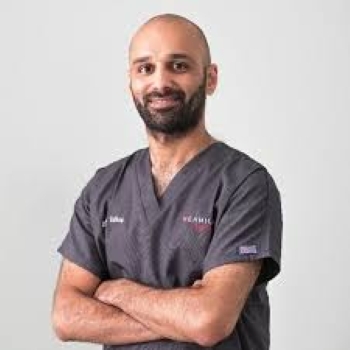
Further information coming soon.
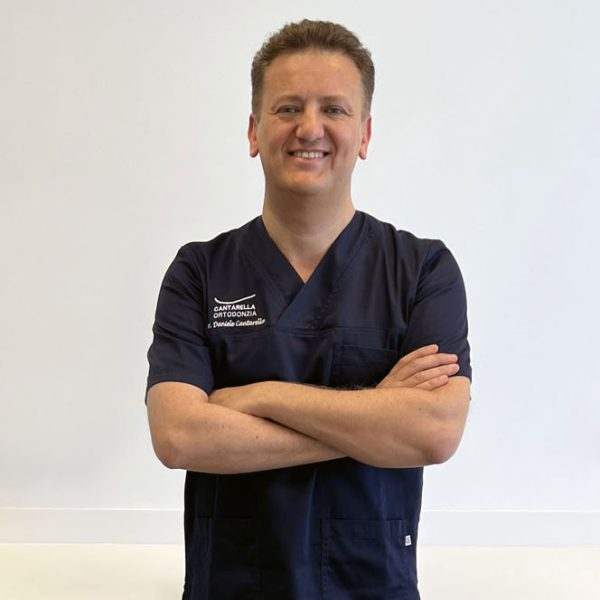
Dr. Daniele Cantarella is an international speaker in the field of Orthodontics. He received the...
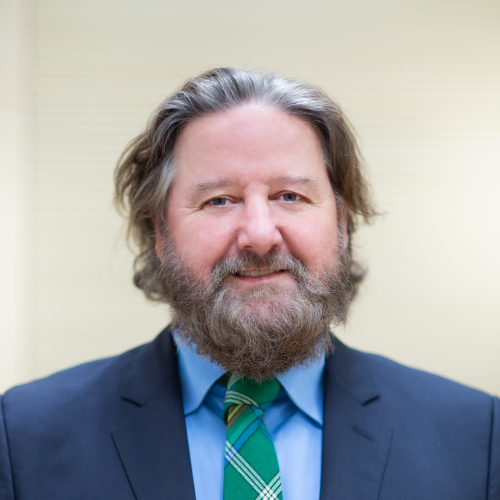
Colman McGrath is a Clinical Professor and the Chief of the Applied Oral Sciences &...
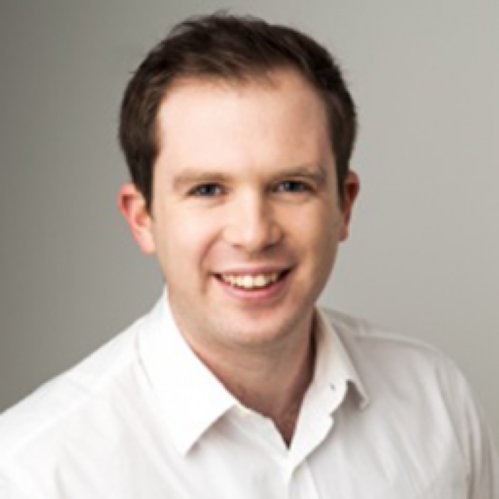
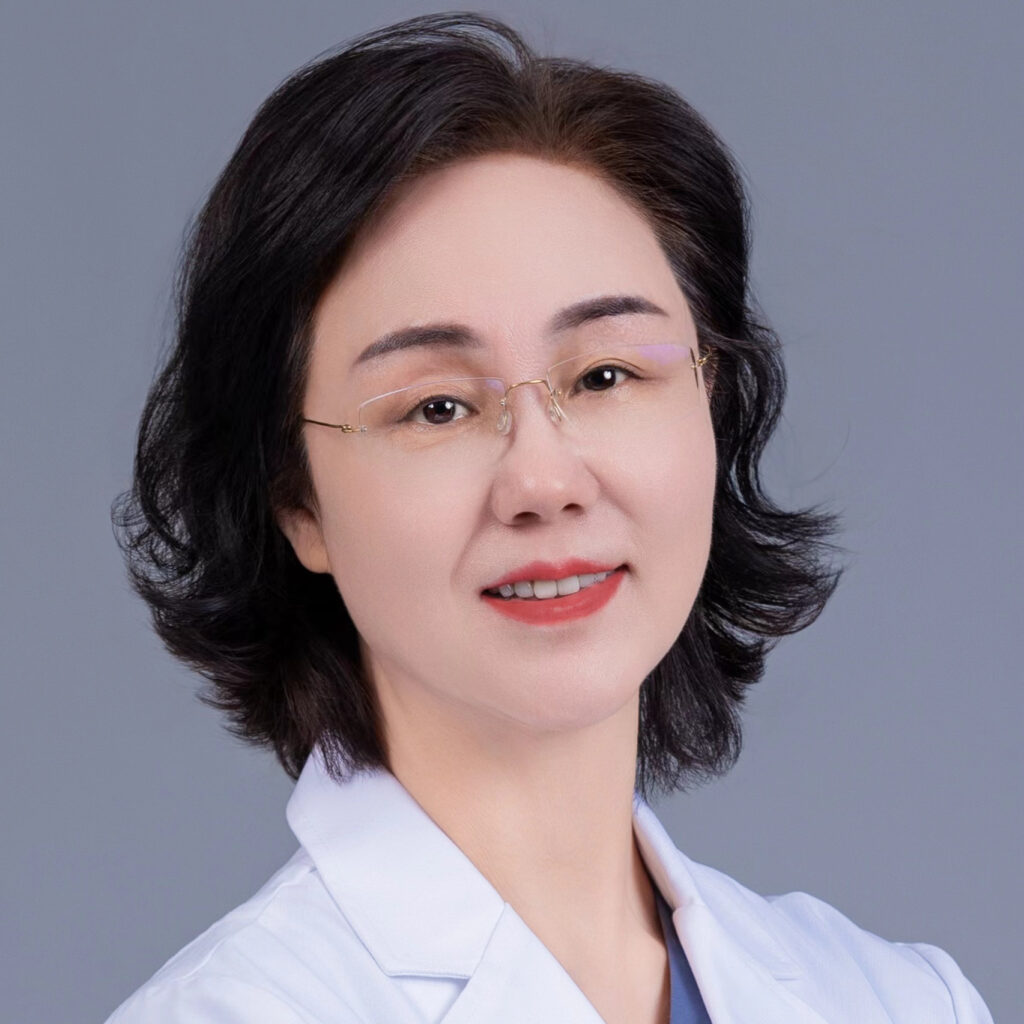
- Professor, chief physician, PhD supervisor.
- Director of the Orthodontic Teaching and Research Department,...

Kevin O’Brien Emeritus Professor of Orthodontics at the University of Manchester UK.
Kevin was appointed...
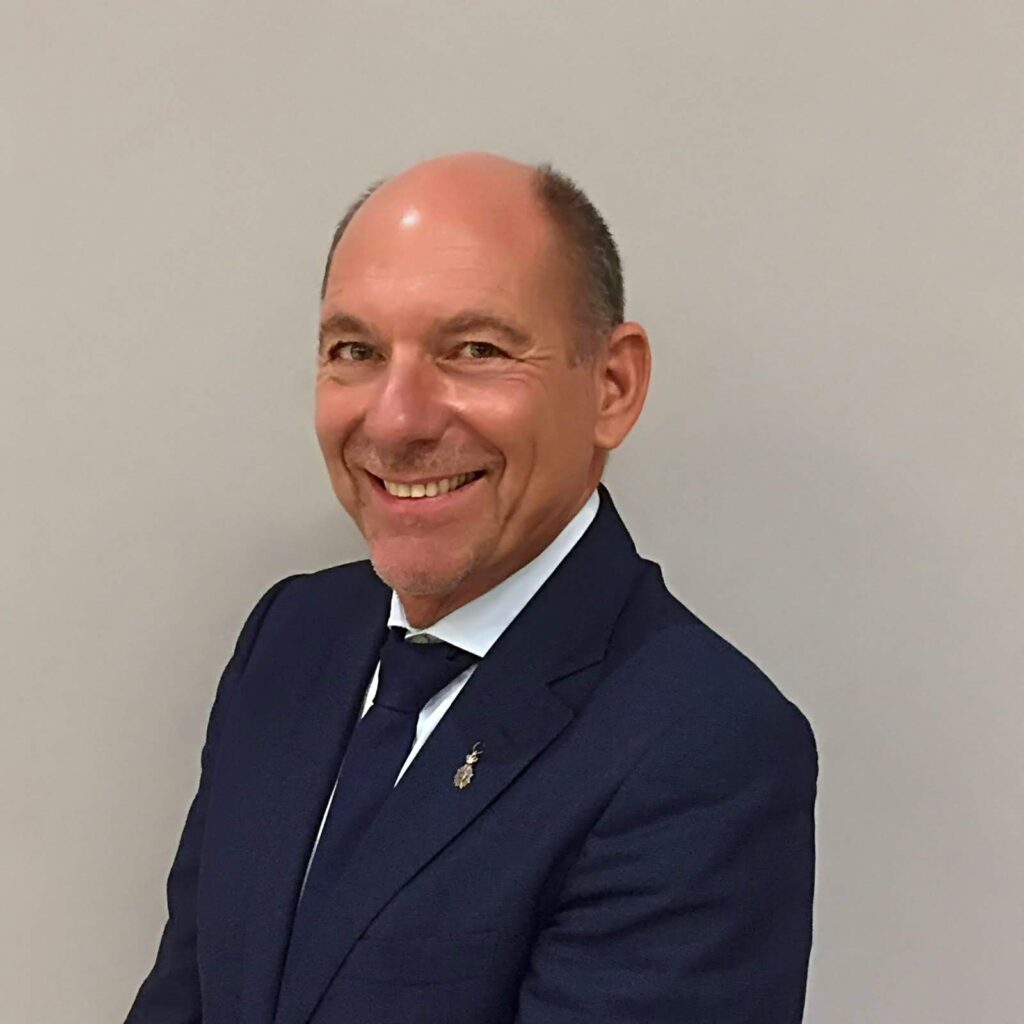
Prof. Bart Vande Vannet is Professor of Dento-Facial Orthopaedics at the Université de Lorraine, Nancy,...
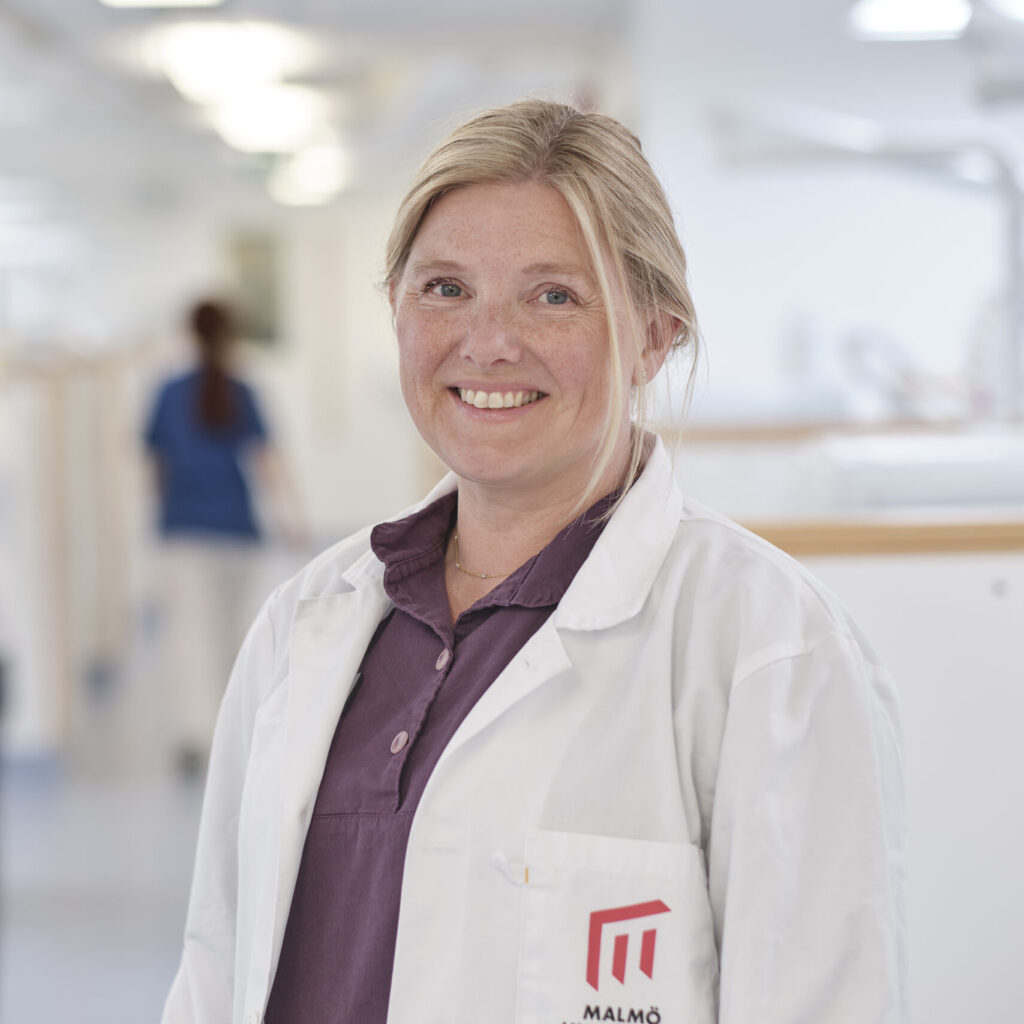
Associate Professor Liselotte Paulsson (Björnsson) is Chair and Director of the Postgraduate Program in Orthodontics...
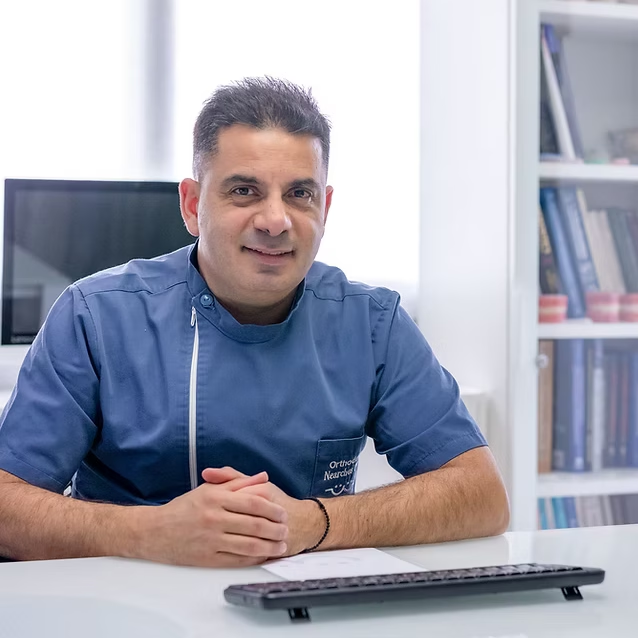
Nearchos C. Panayi, is an orthodontist based in Limassol, Cyprus. He is an assistant Professor...
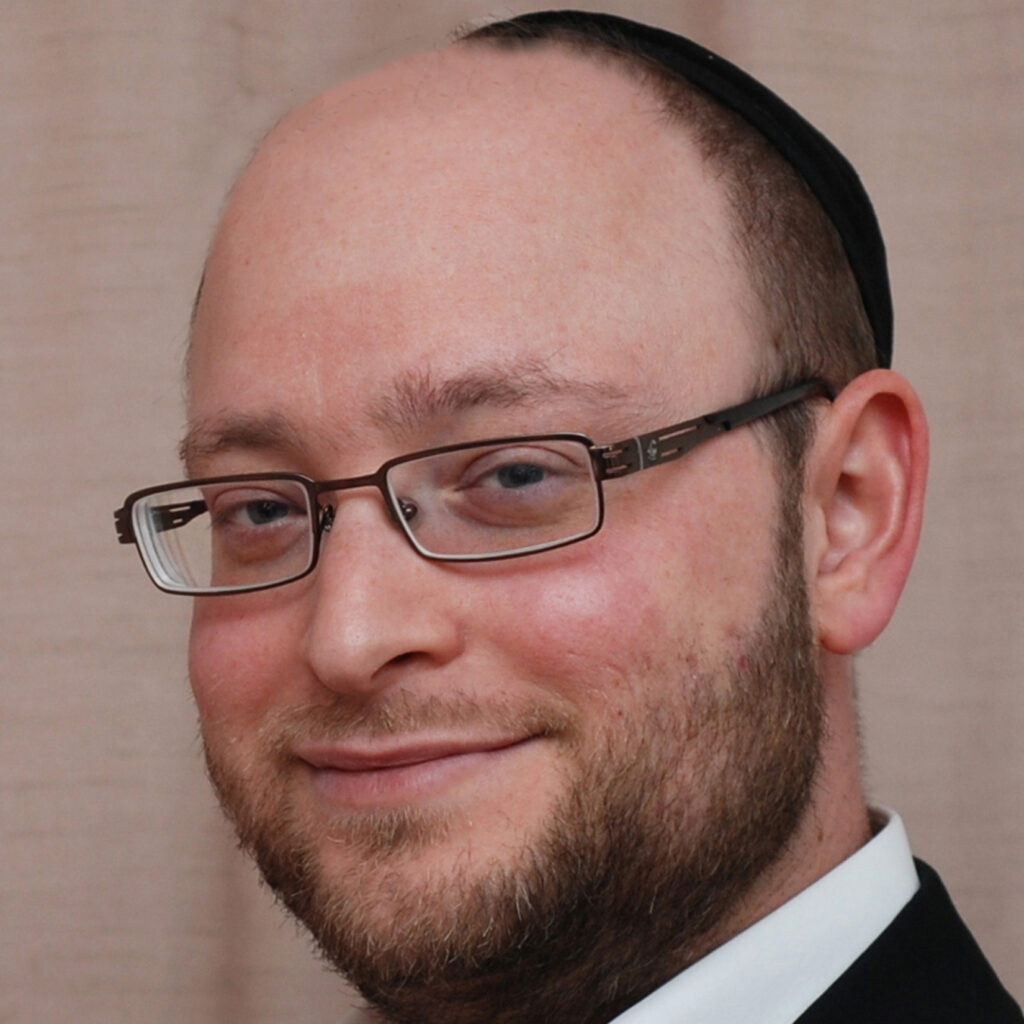
Prof. Raphael Patcas is a Swiss board-certified orthodontist who has been jointly responsible for the...
